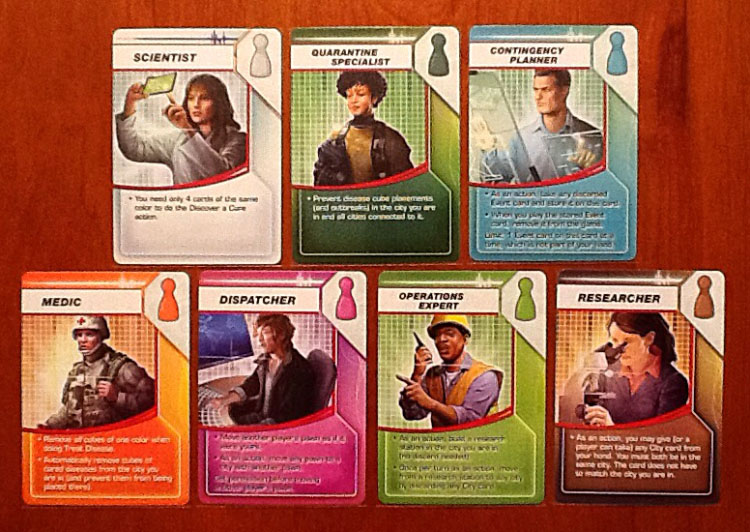By and large, I agreed with Chapter 1 of Anna Anthropy’s Rise of the Video Game Zinesters. Though Anthropy doesn’t use this term, I believe what she is describing is the need for a democratization of game creation which would allow more diverse voices to flourish in games. (“Where then is the printing press for videogames?”). However, I would like to develop this perspective a little further on two fronts. First, Anthropy proposes the development of narrative-focused games as the strongest solution vector for this problem, which I disagree with. Second, she describes the most difficult obstacle to the democratization of video games as the high technical bar required to program digital games. I believe this is a simplification of a more complex problem.
Though Anthropy has a background in narrative and non-narrative games, most of the projects on her itch.io are narrative based, so it makes sense that she proposes that the democratization of video games is best promised by platforms such as Inform and Twine. While I believe that these platforms widen the diversity of games, I do not believe that narrative games are the only way that people not traditionally in the gaming space can enter the games. In my opinion, disenfranchised voices can and should be empowered in “traditional” games just as much as narrative games. Narrative games naturally require less code, so Twine and Inform are easy access points. But I believe an equally important solution vector for diversifying games is making “traditional” games (that is games that more strongly align Fullerton’s formal elements than narrative games) easier to make. To her credit, Anthropy does name Scratch and Game Maker as access points in Chapter 7, but she does not propose that diversity in games could be promoted by even simpler, or perhaps more accessible, tools coming forth in this space.
Secondly, Anthropy argues that the insularity of the game industry is mainly due to the prohibitively high level of technical training required to make digital games. Therefore, only large teams with large budgets can make “AAA-quality” games, and these games tend towards remaking what audiences have previously shown to respond to (the same “men shooting men” type of game). While this is certainly true, I think the high technical bar is only one of many obstacles that make games difficult to create. In my opinion, the greatest obstacle to be overcome in democratizing game development is not the high technical bar, but the sheer diversity of skills required to make a game. Not only does someone have to have programming skills to make games, they also have to have skills in art, design, and marketing—or enough capital to hire people who do. As someone who does have the skills to “negotiate with machines,” I’ve found that the barrier to entry in games is far from solely technical—the range of skills that are demanded by game development is paralyzing. As a result, the “best” games are created by teams of at least a few people who can each specialize in a different skill. Compare the rarity of solo game development to the fact that most novels are written by one person. I argue that in groups, individual narratives/perspectives get diluted and fall towards a common denominator, which tends to be a mainstream perspective.
Chapter Seven of Rise of the Video Game Zinesters was less interesting to me. I agree that every game should feature a “character” (player) that “does something” (responds to player input). But Anthropy’s use of the “second character” as a blanket term to describe an objective or an antagonist or the rules of the game confused me. I did agree with the importance of a title screen in setting the player’s expectations about what kind of experience follows.


